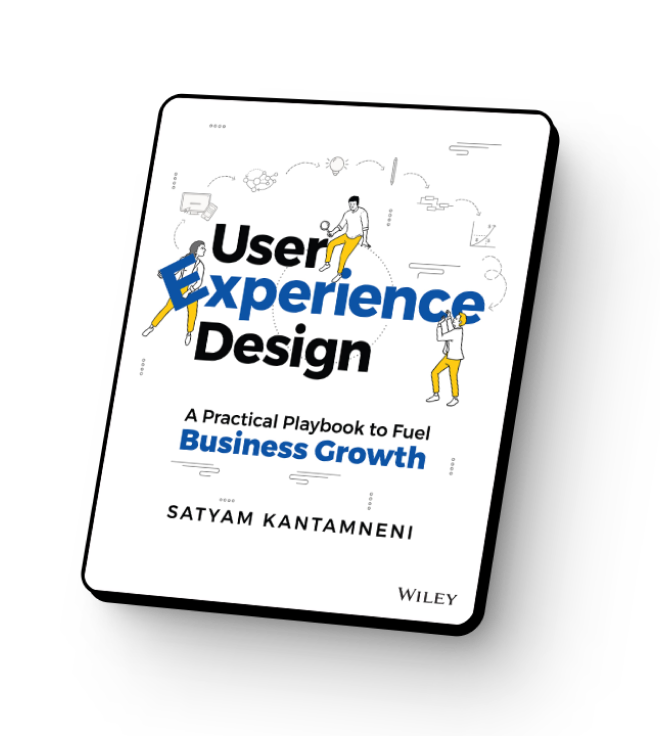Buried deep in enterprise tech firms everywhere. Down un-windowed halls and disembodied in virtual scrums.
Wedged awkwardly into outdated org charts, too many tiers from the top.
Almost always unseen and unheard…
Are your innovators.
The ones who speak for the users. Who shift the focus from pretty screens and pure features to ask, time and again:
- “What does the user think?”
- “What does the user feel?”
- “What does the user want?”
- “What does the user need?”
And if those questions aren’t echoing all the way to the C-Suite, into the very inner chambers where strategy is made?
Then it’s no wonder if users react with a resounding, “Meh,” at the rollout of your latest upgrade.
Because your product, your experience, your brand exist always and only for those users.
First Users. Then Experience. Then Design. – Satyam Kantamneni
Before you had silos…
Before you had legacy systems…
Before making a change of any kind was so utterly complex…
When your solution first burst on the scene — in those days your company was on fire with user insight. Every innovator is.
You knew why users said yes to you, said no to you, and your entire team was united in solving user problems you intimately understood.
It was the fuel of your creativity and the source of your differentiation.
But along the way?
You grew. Your competition grew. The customers you serve grew.
And the distance between your product engineers and end-users widened. Until that flame of user insight dimmed.
You traded user expertise for solution expertise.
And joined the race to add features that don’t solve their most salient needs.
All the while, with one eye on the UI of your competition, because in this market, rumor has it, the slickest interface wins.
It’s not the user interface.
It’s user insight that fuels market domination.
UI only matters if we design the right solutions, for the right problems, for the right users.
Yet, user insight is pushed to the periphery. Tacked onto the end of B2B enterprise application design. Reduced to pre-launch user tests.
First users. Then experience. Then Design. Always.
Because only when we understand users’ needs can we architect an end-to-end experience for which they’ll happily pay a premium.
Bypass the competition with your uncopyable competitive advantage
When you understand users better than the next firm, you can leave behind the competition.
You’ll be uncovering higher-value problems. They’ll still be fixated on features.
When you start with the user, you can tap into endless innovation. Upsells. Line extensions. Entirely new business models emerge directly from UX insight.
And when the user is at the center of strategy, you can differentiate in a way so profound, it’s virtually inimitable.
Because you’re not competing in the field of features. You’re architecting entirely unique, end-to-end experiences.
Ignite your internal engine of innovation
The ones who haven’t forgotten these truths?
They’re your internal innovators. The ones still carrying the flame. Still asking, “What about the user?”
But their voices are drowned out. The hierarchy is too steep. The silos too impenetrable.
That’s where UXReactor comes in.
We know that many organizations need outside UX experts to not only “do” UX design — but also ignite UX capabilities inside your organization.
Working directly with your leaders, your designers, your engineers, and across all silos…
We work to raise the user consciousness in your organization.
To shift the orientation of the corporate culture to put the user first, then experience, then design.
So that it’s no longer a few solitary voices asking, “What about the user?”
It’s the entire organization aligned around innovating for the user — as the architects of your own uncopyable competitive advantage.
Hear UXReactor’s Founder Talk at Google’s Design Conference
As designers we spearhead innovation. We talk to users, we get abstract data and make something out of it. Who else is more powerful than us? We’re at the front end of any innovation cycle. – Satyam Kantamneni

